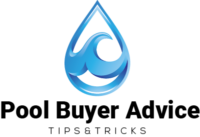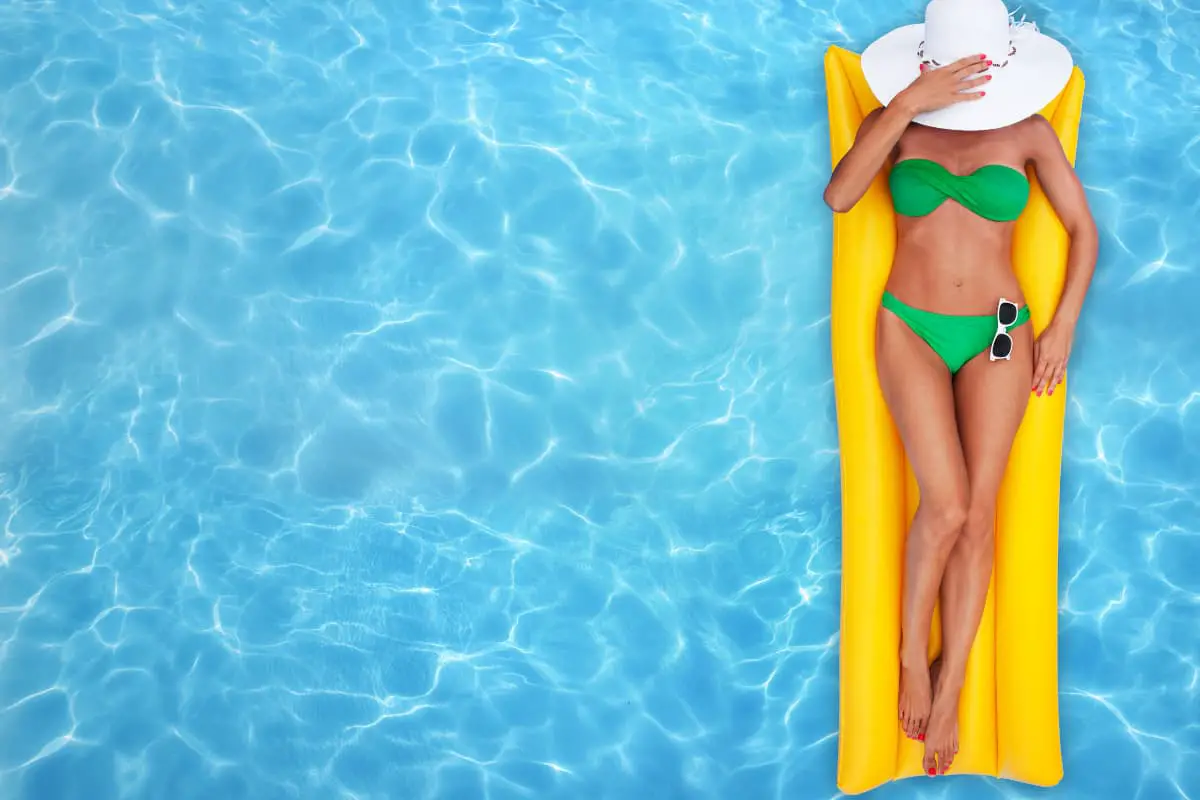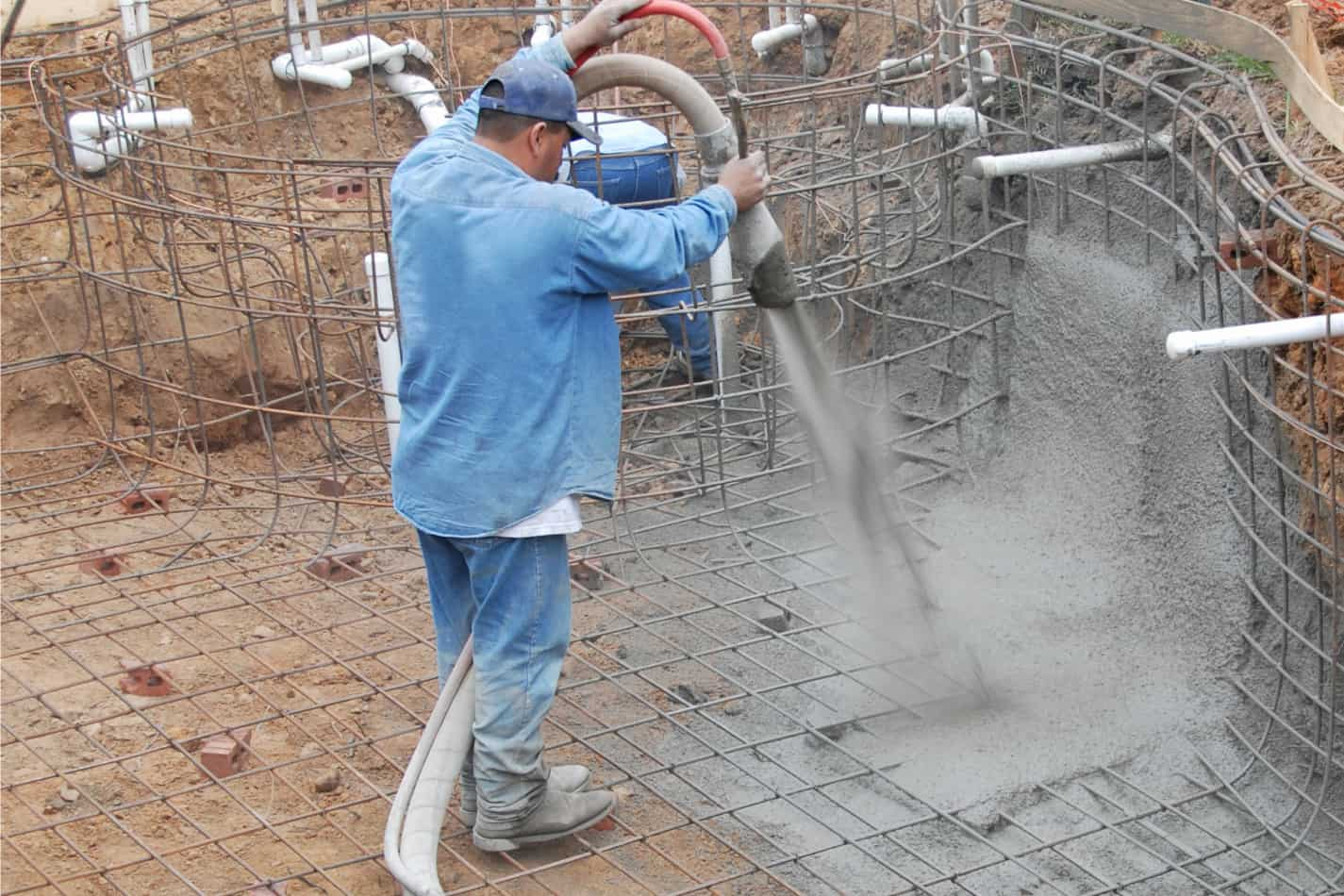Install a Pool Heat Pump [ Why Inside Isn’t Always Best ]
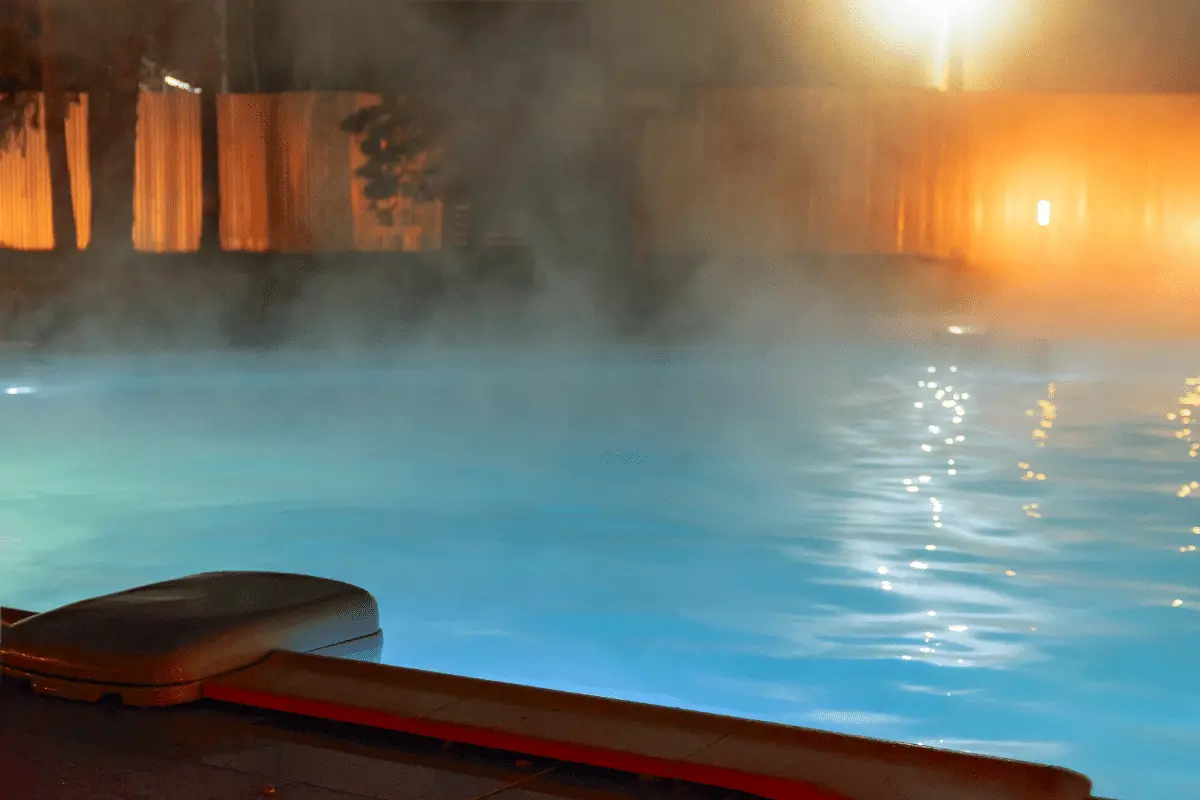
As an Amazon Associate I earn from qualifying purchases.
Pool heat pumps give you the wonderful opportunity to enjoy swimming throughout the year. If you are planning to install a pool heat pump, the first thing you have to consider is where you should place it. So, you might wonder, can you install a pool heat pump inside?
Generally, it is not the best idea to install the heat pump inside because there is not enough airflow to let it function properly. However, putting it inside will work if the room is spacious and properly heated.
But, in most cases, it is not possible to keep the inside environment good enough for the heat pump to function properly.
So, in this article, I will discuss where you should install your pool heat pump, why it is not a good option to keep the pump in a shed, along with some other information that might be helpful for you.
Learn How to Manage Your Pool and Hot Tub
Frustrated trying to keep your pool clear? Feeling confused about when to add the right chemicals? Get the perfect easy-to-use, illustrated ebook and video course today!
Can You Put A Pool Heat Pump In A Shed?
The pool heat pump requires fresh and warm water to function properly. So, although it is possible to put your heat pump in a shed, it is not a good idea to do so.
Generally, a pool heat pump extracts heat from the air and transfers it to the swimming pool water. To transfer heat correctly, the heater requires a great deal of fresh air.
There is a refrigerant in the system, which absorbs heat from the air and warms up as a result. Then, the heat pump transfers the heat to the pool water, warming it up as well. The air that exits the system is usually 8 to 12 degrees cooler than that which enters it.
So, if you put the heat pump in a shed, inside a confined environment, it would recirculate the same airflow rather than using fresh air.
Thus, the air inside the room would get cold swiftly, and the system would immediately shut down since it won’t be able to pull enough heat from the air present in the environment.
Well, in some other types, installers noticed the requirement for fresh air delivery to the heat pump. So, they fixed the problem by attaching ductwork to the systems to eliminate the chilly air the machine emits. So, the pump could get enough fresh and heat air in this system.
However, the propeller fans used to move air through the system cannot perform against high airflow obstruction, presented by the duct system.
This hindrance to the natural airflow via the heat pump reduces performance and increases the risk of system failures. As a result, ductwork is not a practical option either for moving air to and from an indoor heat pump.
So, putting a heat pump in a shed is not a good option for sure. But, if you have no other choice but to put it indoors, contact a professional and make sure the pump has access to a good level of fresh airflow (around 3,500 CFMs).
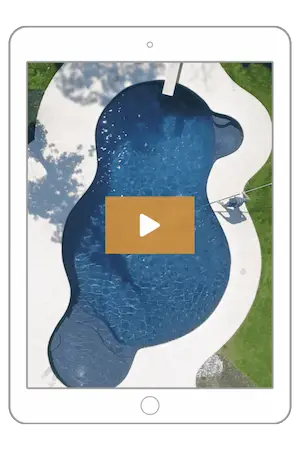
The Pool Care Handbook and Video Course
Frustrated trying to keep your pool clear? Feeling confused about when to add the right chemicals?
This guide cuts out all the confusion of pool maintenance in this easy-to-read illustrated ebook and a video course. It’ll help you save $100 right away on pool care!
Where Should You Install Your Pool Heat Pump?
You should install your pool heat pump in a location that allows for adequate airflow and is not too far from the swimming pool.
First things first, you should never install your pool heat pump in an enclosed area. Because, if the pump can’t get good airflow, then its efficiency will be significantly reduced. You have to install it outside where there is plenty of good air.
You must also situate the heat pump in a sunny location, away from any shading, plants, fencing, or walls. Additionally, you should check for roof runoff onto the unit and install guttering to prevent it, since excessive amounts of rainwater and debris could penetrate the top of the heat pump and lead to damage to the unit.
Furthermore, you should install your pool heat pump close to your swimming pool. But there is a minimum distance you have to maintain depending on your country.
For example, if you live in the United States, you have to install a heat pump at least 60 inches from the inside wall of the pool. However, if you are in Canada, the minimum distance is 120 inches.
You must install your pool heat pump close to your pool because the greater the distance between your pump and your swimming pool, the more heat you will waste through the pipework and the lower the water flow rate you will get.
Additionally, it would be best if you are sure to install your heat pump on a strong base made of materials that can withstand its weight like concrete.
Again, make sure you are following all the state and local industry codes. You also shouldn’t attach the base to your home, since this may cause vibration and noise to be transmitted inside.
5 Tips for Installing a Pool Heat Pump
Whether you hire a skilled installation engineer for installing a heat pump or do it yourself, it is essential to do the process correctly. If you keep in mind a few things while installing the pool heat pump, it will be able to function properly and last for a long time.
So, here are a few tips for installing a pool heat pump:
Choose an Appropriate Location
You have to put your pool heat pump in a place with a steady supply of fresh airflow to transfer heat. For maximizing heat pump efficiency, the pump would need a good airflow, therefore find a location where it will receive adequate fresh air.
Besides, ensure that the air ejected by the fan does not collide with any impediments and is recirculated back into the heat pump.
I would recommend installing the pool heat pump outdoors so that it can supply enough air and perform its functions efficiently.
Ensure a Level and Sound Base
It would be best if you install the heat pump on a solid, level foundation. A concrete foundation, paving slabs on the sand, or wood decking are all options for installing the pump.
Well, you can set up the heat pump above or below the waterline. However, the only stipulation is that the pool circulation pump is capable of delivering the required water flow rate for the heat pump to function.
Besides, using a light slab or mount feet, you can raise the heat pump a bit off the floor. It will help to reduce the vibration and noise.
Install the Heat Pump Near Pool Pump
To reduce pipe friction, it is better to put the heat pump adjacent to the pool pump. Keeping the heat pump near will also help to ensure a satisfactory water flow rate.
If the pool heat pump’s water flow is low, the water will get too hot, causing the machine to shut down. So, you have to ensure that the water flow rate from your pool pump and filter is sufficient for your heat pump.
Besides, you need to backwash the pool filter regularly to maintain an adequate water flow rate.
Provide Adequate Electrical Supply
To sustain the heat pump’s running and starting currents, you would need an adequate electrical supply. If your electrical supply is insufficient to sustain your heat pump, you will have to hire an electrician to connect a separate wire to the heat pump.
However, some models offer an easy installation process where you won’t require the expertise of an electrician.
Plumbing
It is pretty simple to integrate a new pool heat pump into your swimming pool’s current piping system.
To begin, determine the size of your pipes so that you can locate the appropriate connectors and joints to link them to your existing plumbing.
However, if you already have a pool heater, keep it in place and connect the heat pump to it. So, you will be able to use both whenever you need a quick pool heat-up.
Conclusion
A pool heat pump allows you to swim in all seasons, whether it’s winter or fall. By now, you probably understand whether or not can you install a pool heat pump inside? You’ve also got to know a few excellent tips for installing your pool heat pump.
I hope the information in this article was able to help you out. Thanks for stopping by.

The Pool Care Handbook and Video Course
Frustrated trying to keep your pool clear? Feeling confused about when to add the right chemicals?
This guide cuts out all the confusion of pool maintenance in this easy-to-read illustrated ebook and a video course. It’ll help you save $100 right away on pool care!
